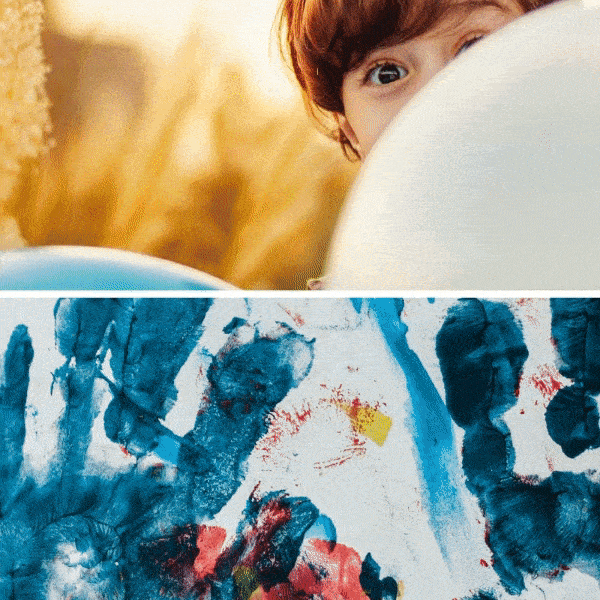What is ABA Therapy?
ABA is based on the science of learning and behavior. This science includes general “laws” about how behavior works and how learning takes place. These rules and procedures are based on decades of research. ABA therapy is used to increase language and communication skills. It is also used to improve attention, focus, social skills, memory, and academics. In addition, ABA can be used to help decrease “problem” behaviors. This article fully breaks down ABA and provides additional resources.
While ABA therapy is typically used to increase skills and decrease troubling behaviors, at GBC, we don’t only focus on the areas that aren’t going well or the behaviors that might be seen as weaknesses in children with autism. We accept and appreciate each child’s unique abilities and incorporate them in our programming. In fact, we love to learn about each child’s interests and strengths and only look to help them navigate the world better.
Here are ways ABA therapists at GBC might incorporate your child’s strengths, interests, and abilities in ABA therapy:
- To increase positive behaviors (e.g. reinforcement procedures increase on-task behavior or social interactions)
- To teach new skills (e.g., if your child has a strong interest in boats, the ABA therapist will include boats while playing with your child, and even use them within the context of activities focused on accomplishing treatment goals, such as when working on social or communication skills)
- To maintain positive behaviors (e.g., teaching self-control and self-monitoring procedures to maintain and generalize job-related social skills)
- To generalize or to transfer behavior from one situation or response to another (e.g., from completing assignments in the resource room to performing just as well in the mainstream classroom)
- To support your child’s way of seeing their experiences and the world (e.g., if your child tends to think about things very logically, the therapist will communicate in ways that support this perspective. One way of doing this is by telling children clear cause-and-effect explanations for why they should do certain things. An example is you should brush your teeth so you don’t get cavities and toothaches)
- To teach social skills, ABA therapists can approach your child’s social skills in ways that support your child’s best interests (e.g., they shouldn’t just try to get your child to “be like everyone else.” For instance, if it doesn’t seem that your child would benefit from being the center of attention or frequently speaking in a group setting, your child doesn’t need to be put into situations that encourage those things. Instead, your child might benefit from speaking to others in a one-on-one setting or only speaking up in groups when it matters to them)
- To best honor what the person wants and needs, more functional communication will be taught to reduce problematic behaviors. This then increases healthy alternatives (e.g., replacing self-injury with coping skills)
GBC Autism Services works with you, the caregiver, encouraging and guiding you so you can continue what we do in an ABA session into the child or adult’s broader environment at home, school, play, community, and/or work. We will help you best understand the choices available to you and how to prioritize your concerns in an effective manner regardless of the situation or the setting.
The value of our services is best revealed in the high degree of open communication with all stakeholders. In the support process, the ultimate goal is to equip you with the knowledge to make the optimum decision for your family.
Please visit Our Services and click on any of the listed GBC Autism Services services for more details.
Ready to Get Started?
Please complete the new client intake form by clicking on the button below.


